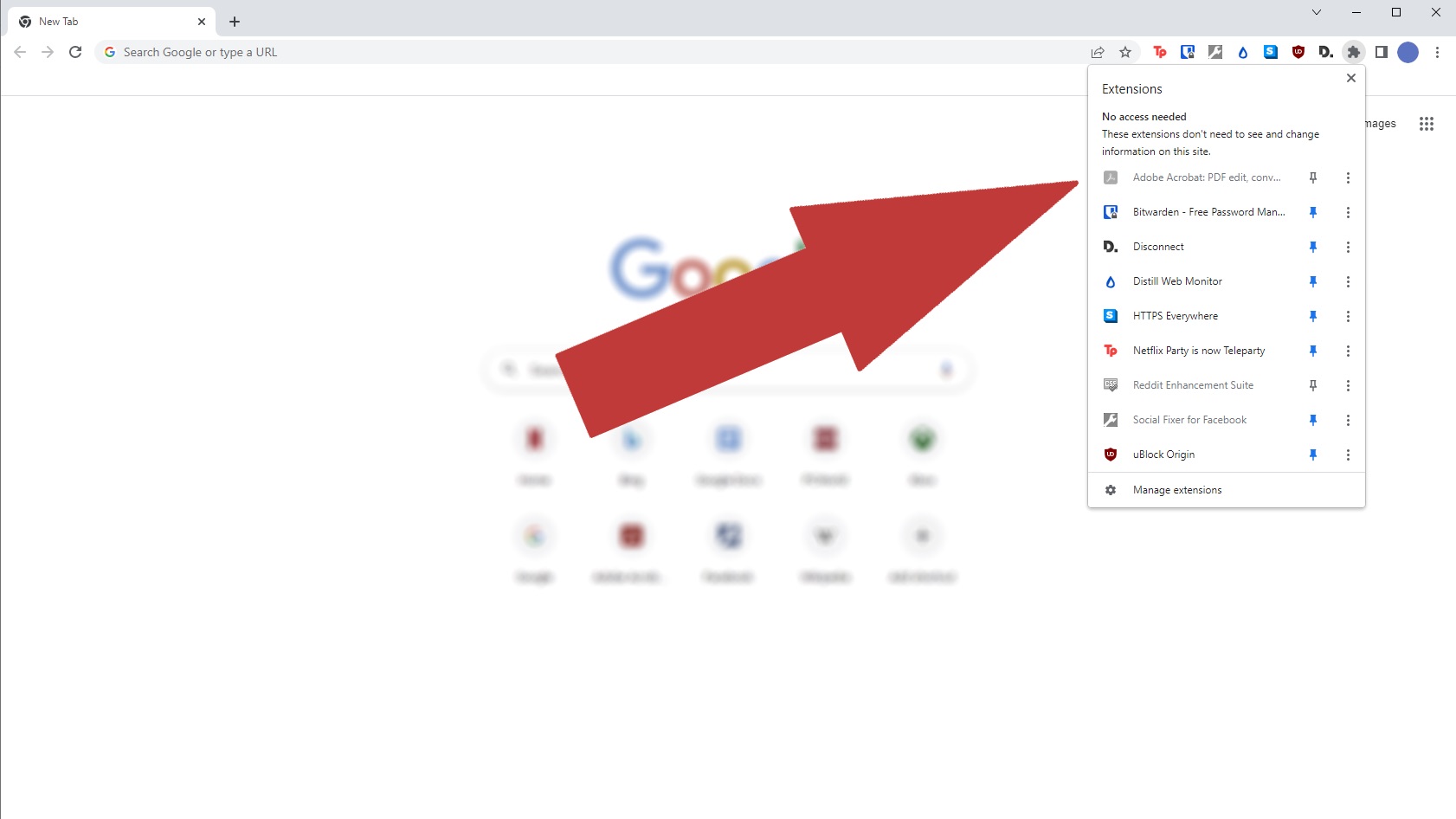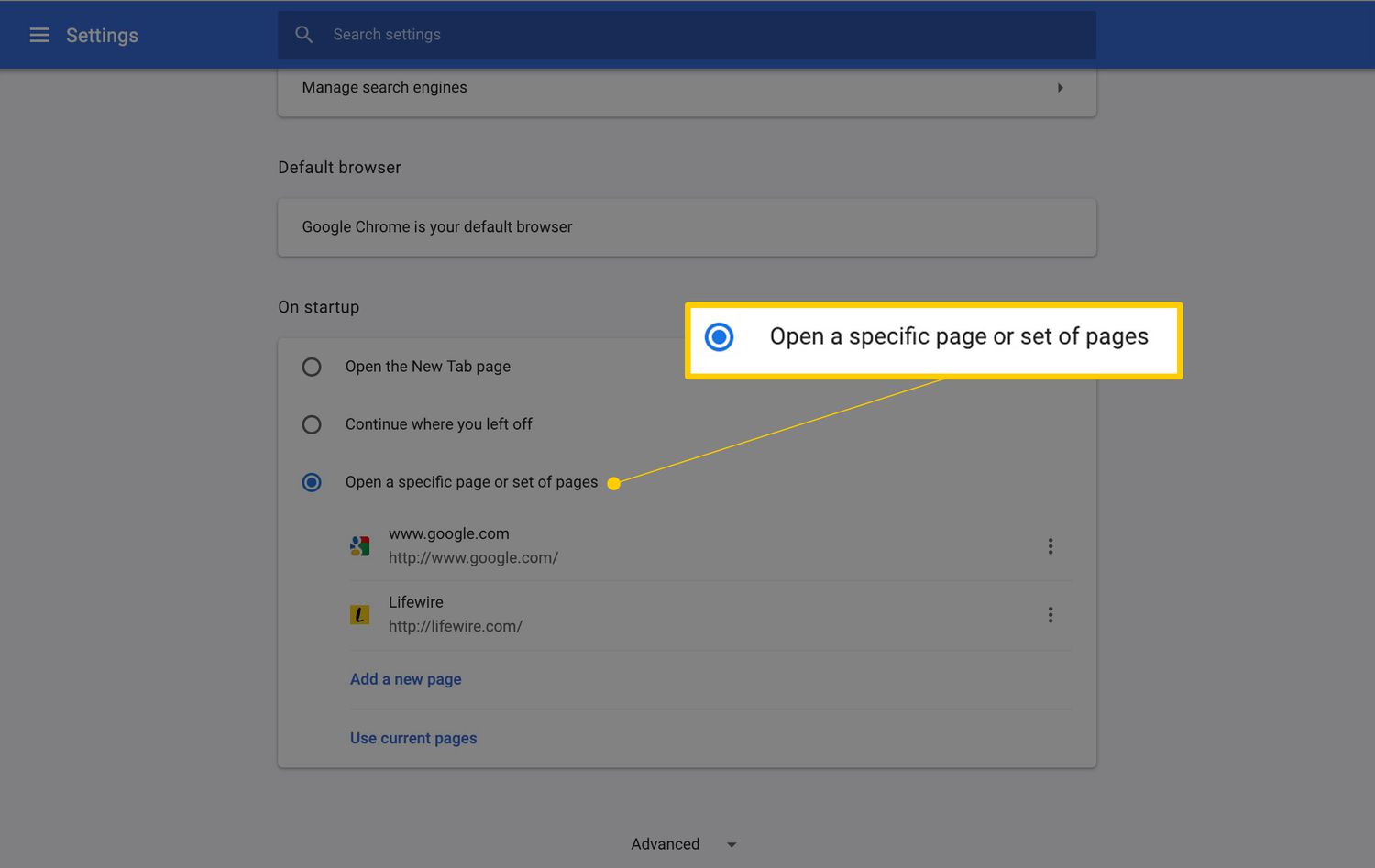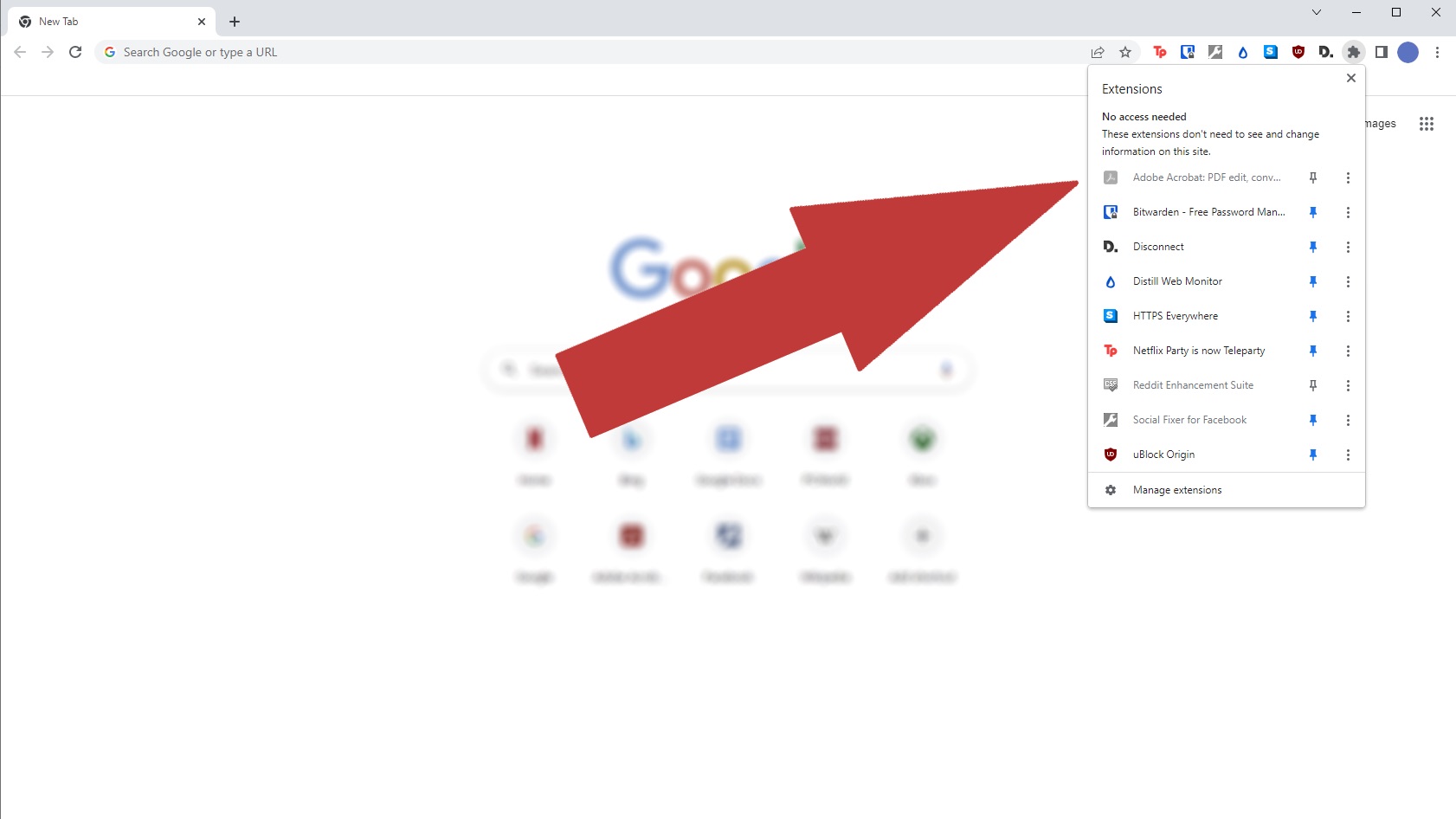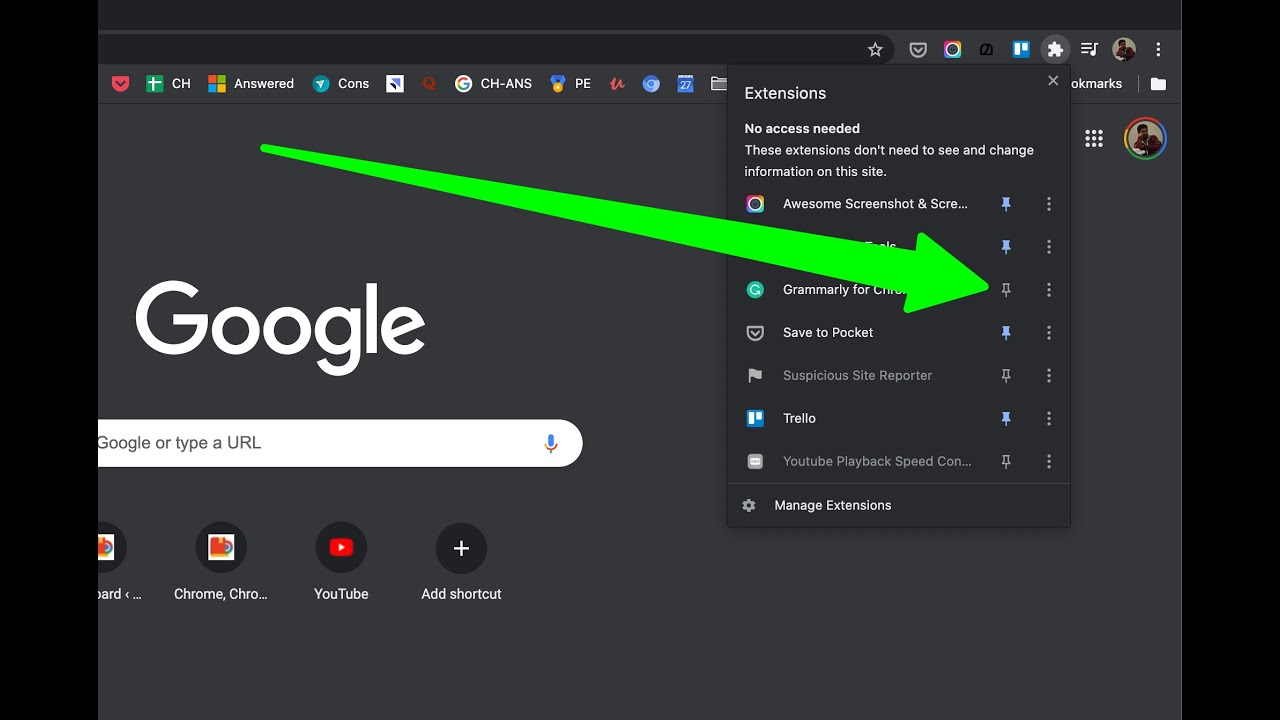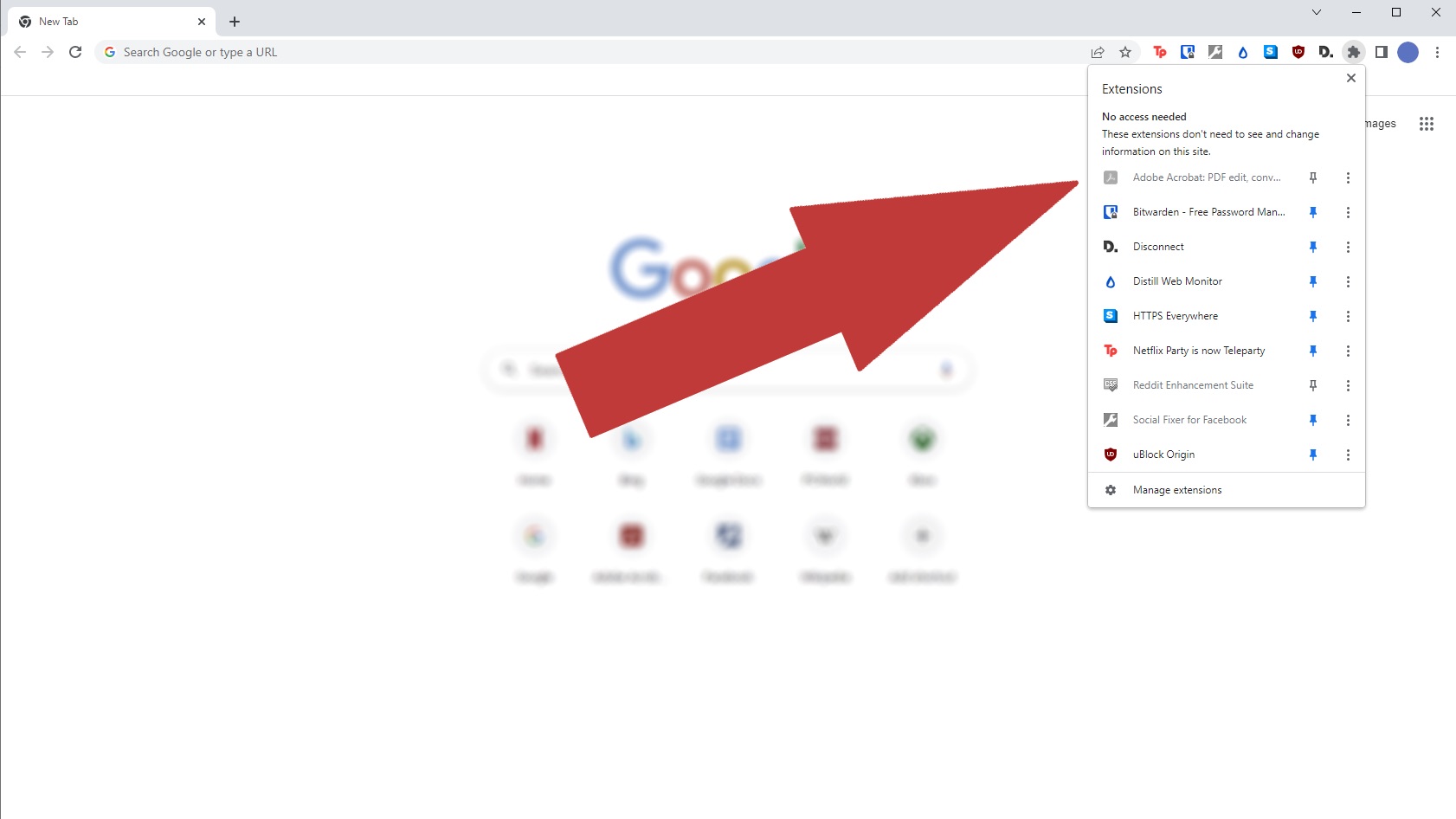Introduction
Google Chrome is one of the most popular web browsers, known for its speed, simplicity, and user-friendly interface. However, if you've recently updated Chrome or installed a new extension, you may have noticed that your familiar toolbars have gone missing. This can be a frustrating experience, especially if you rely on specific tools and features for your browsing activities.
In this article, we will delve into the world of Google Chrome's interface and explore the various toolbars and extensions that enhance the browsing experience. Whether you're a casual user or a seasoned professional, understanding how to locate, customize, and restore your toolbars is essential for maximizing your productivity and enjoyment while using Chrome.
So, if you've ever found yourself wondering, "Where are my toolbars in Google Chrome?" or if you simply want to learn more about optimizing your browsing experience, you've come to the right place. Let's embark on a journey to uncover the hidden gems of Chrome's interface and reclaim those missing toolbars.
Understanding the Chrome Interface
Google Chrome's interface is designed to provide users with a clean, intuitive, and efficient browsing experience. At the core of this interface are various elements that facilitate navigation, customization, and access to essential features. Understanding these components is crucial for harnessing the full potential of Chrome and making the most of its functionality.
Address Bar and Omnibox
The address bar, also known as the Omnibox, serves as a multi-functional tool for entering website addresses, conducting web searches, and accessing browser settings. It is located prominently at the top of the browser window, allowing users to seamlessly transition between web navigation and search activities. The Omnibox's versatility empowers users to perform tasks such as launching websites, initiating searches, and even executing calculations or unit conversions directly from the address bar.
Tabs and Tab Management
Tabs are a fundamental aspect of Chrome's interface, enabling users to open multiple webpages within a single browser window. This feature promotes efficient multitasking and organization, as users can easily switch between different websites without cluttering their desktop with separate browser instances. Chrome offers robust tab management capabilities, allowing users to group tabs, pin frequently accessed websites, and even suspend inactive tabs to conserve system resources.
Toolbar and Menu Options
The toolbar, positioned beneath the address bar, houses essential browser functions and extensions. It typically includes buttons for navigating backward and forward, refreshing webpages, accessing bookmarks, and managing browser extensions. Additionally, Chrome's menu options, represented by the three-dot icon in the top-right corner, provide access to a wide array of settings, tools, and features, empowering users to customize their browsing experience and access advanced functionalities.
Extensions and Customization
Chrome's interface extends beyond its native features through the integration of extensions, which are third-party add-ons that enhance the browser's capabilities. These extensions can range from productivity tools and ad blockers to themes and customizations, allowing users to tailor their browsing experience to suit their preferences and requirements. By leveraging extensions, users can augment Chrome's functionality and personalize their interface to align with their specific needs.
User Profiles and Syncing
Chrome offers the ability to create multiple user profiles, each with its own set of bookmarks, browsing history, and preferences. This feature is particularly valuable for individuals who share a device or require separate environments for work and personal use. Furthermore, Chrome's syncing capabilities enable users to seamlessly access their browsing data, including bookmarks, history, and settings, across multiple devices, fostering a cohesive and synchronized browsing experience.
Understanding the intricacies of the Chrome interface empowers users to navigate seamlessly, customize their browsing environment, and leverage the full spectrum of features and functionalities offered by the browser. By familiarizing oneself with the address bar, tabs, toolbar, extensions, and user profiles, users can optimize their browsing experience and harness the power of Chrome's intuitive and versatile interface.
Finding and Customizing Toolbars
The toolbar in Google Chrome serves as a hub for essential browser functions and extensions, offering quick access to features that enhance the browsing experience. Whether it's the back and forward navigation buttons, the refresh button, or the array of extensions that augment Chrome's capabilities, the toolbar plays a pivotal role in facilitating efficient web navigation and customization.
Locating the Toolbar
The toolbar, positioned just below the address bar, is a familiar sight for Chrome users. It houses an assortment of buttons that enable users to perform actions such as navigating between webpages, managing bookmarks, and accessing browser settings. However, in some instances, users may find that the toolbar or specific buttons within it are not visible, leading to the question, "Where are my toolbars in Google Chrome?"
Customizing the Toolbar
Chrome offers users the flexibility to customize the toolbar to align with their preferences and browsing habits. By right-clicking on the toolbar, users can access the "Customize" option, which allows them to add or remove buttons based on their specific needs. This level of customization empowers users to tailor the toolbar to accommodate their most frequently used functions, thereby streamlining their browsing experience.
Managing Extensions
In addition to standard browser functions, the toolbar also accommodates extensions, which are instrumental in expanding Chrome's capabilities. Users can manage their extensions by clicking on the puzzle icon, which represents the Extensions menu. From here, users can access their installed extensions, enable or disable them, and even customize their placement within the toolbar for convenient access.
Utilizing Chrome's Menu Options
Chrome's menu options, denoted by the three-dot icon in the top-right corner, provide further avenues for customizing the browsing experience. Users can access settings, history, downloads, and more, allowing for comprehensive control over the browser's functionality. Furthermore, the menu options serve as a gateway to additional features and tools, enabling users to tailor Chrome to suit their individual preferences.
Enhancing Productivity with Bookmarks
The toolbar also accommodates the bookmarks bar, which offers a convenient way to access frequently visited websites with a single click. By customizing the bookmarks bar and organizing bookmarks into folders, users can optimize their browsing workflow and expedite access to their favorite web destinations.
Embracing Personalization through Themes
Beyond functionality, Chrome allows users to personalize their browsing experience through themes, which can be accessed and customized via the Chrome Web Store. By applying a theme, users can imbue their browser with a distinct visual aesthetic, further enhancing the customization options available within Chrome.
In essence, finding and customizing toolbars in Google Chrome is a process that empowers users to tailor their browsing environment to suit their unique preferences and requirements. By leveraging the customization options inherent in Chrome's interface, users can optimize their workflow, enhance productivity, and imbue their browsing experience with a personalized touch.
Restoring Missing Toolbars
The sudden disappearance of toolbars in Google Chrome can be disorienting, disrupting the familiar browsing experience and leaving users searching for a solution. Whether due to a browser update, extension conflict, or inadvertent customization, the absence of essential toolbars can hinder productivity and convenience. However, fear not, as restoring missing toolbars in Chrome is a straightforward process that can swiftly remedy this predicament.
Checking Toolbar Visibility
The first step in restoring missing toolbars is to ascertain whether they are simply hidden from view. Users can right-click on the browser's top section and ensure that the "Bookmarks bar" and "Extensions" options are checked. This action can reveal any hidden toolbars, potentially resolving the issue without the need for further intervention.
Resetting Chrome Settings
If the toolbars remain elusive, resetting Chrome's settings to their default state can serve as a viable solution. By accessing the browser's settings and navigating to the "Advanced" section, users can locate the "Reset settings" option. This feature allows users to revert Chrome to its original configuration, potentially reinstating any missing toolbars in the process.
Disabling Conflicting Extensions
Extensions are valuable additions to Chrome, but they can occasionally clash with one another, leading to the disappearance of toolbars. Users can navigate to the Extensions menu, accessible via the puzzle icon in the toolbar, and disable or remove extensions one by one to identify any potential conflicts. This method can help pinpoint the source of the issue and restore the missing toolbars by eliminating the conflicting extension.
Reinstalling Chrome
In rare cases where the aforementioned steps do not yield the desired outcome, reinstalling Chrome can serve as a last resort. By uninstalling the browser and performing a fresh installation, users can effectively reset Chrome to its default state, potentially resolving any underlying issues that led to the disappearance of toolbars.
Seeking Community Support
In instances where restoring missing toolbars proves challenging, seeking assistance from the Chrome user community can provide valuable insights and potential solutions. Online forums, support communities, and official Chrome resources can offer guidance and troubleshooting tips, empowering users to address the issue with the collective knowledge and experience of the community.
By following these steps and exploring the available options, users can effectively restore missing toolbars in Google Chrome, reclaiming the essential functionality and convenience that these toolbars provide. Whether through simple visibility adjustments, settings resets, extension management, or community support, the process of restoring missing toolbars is a manageable endeavor that can swiftly reinstate the familiar browsing environment within Chrome.
Conclusion
In conclusion, the quest to locate, customize, and restore missing toolbars in Google Chrome unveils a journey of empowerment and optimization within the realm of web browsing. Understanding the intricacies of Chrome's interface, from the versatile Omnibox to the customizable toolbar and extensions, is pivotal for harnessing the full potential of this popular browser.
The toolbar, a central fixture in Chrome's interface, serves as a gateway to essential functions and extensions, offering users a convenient and efficient means of navigating the web and accessing productivity-enhancing tools. By familiarizing oneself with the toolbar's location, customization options, and the management of extensions, users can tailor their browsing environment to align with their unique preferences and requirements.
Furthermore, the process of restoring missing toolbars in Chrome, while initially disconcerting, is a manageable endeavor that can be resolved through simple visibility adjustments, settings resets, extension management, or community support. By following these steps, users can swiftly reinstate the familiar browsing environment within Chrome, reclaiming the essential functionality and convenience that these toolbars provide.
Ultimately, the journey to uncover the hidden gems of Chrome's interface and reclaim missing toolbars is a testament to the browser's adaptability and user-centric design. Whether it's customizing the toolbar to streamline workflow, leveraging extensions to enhance productivity, or seeking community support to address challenges, Chrome empowers users to shape their browsing experience according to their individual needs and preferences.
As users continue to navigate the digital landscape, Chrome stands as a steadfast companion, offering a versatile interface, robust customization options, and a supportive community that collectively enrich the browsing experience. By embracing the nuances of Chrome's interface and mastering the art of toolbar customization and restoration, users can embark on a seamless and personalized browsing journey, maximizing productivity and enjoyment along the way.







